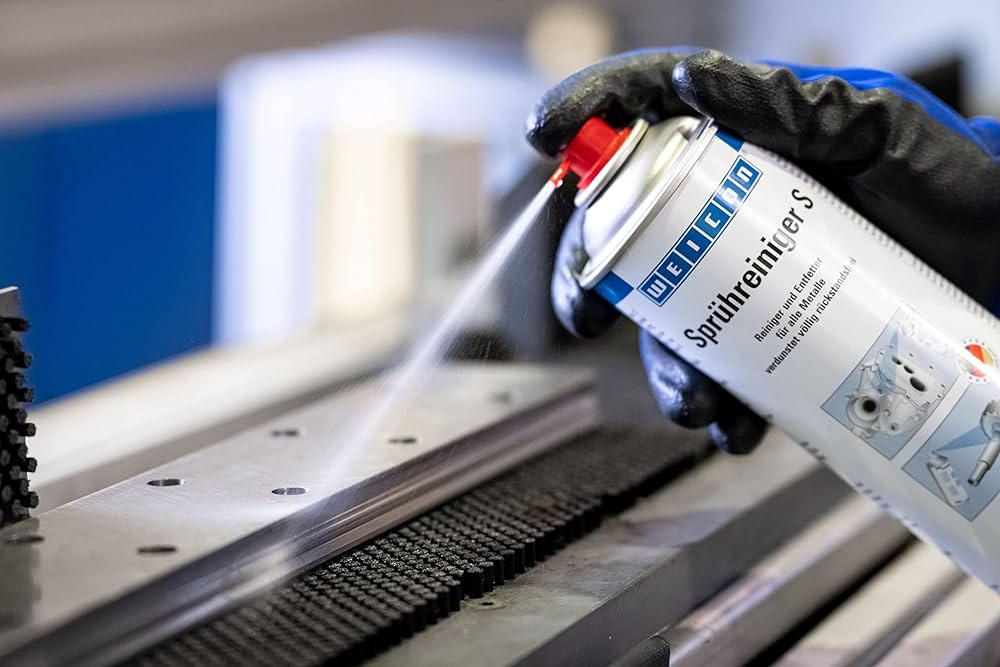

- Contributions by industrial experts with engineers in mind
- Focused on specialty-chemical material applications and selection
Knowledge Center
Learn how to bond and protect at the same time with this adhesive sealants Q&A primer

Adhesive Sealants Q&A: Introduction
Adhesive sealants are liquid products that bond substrates together and seal-out the environment. They fill gaps and remain flexible while supporting slight substrate movement and preventing contaminants from entering or escaping from an assembly. As a category, adhesive sealants are considered to be both industrial adhesives and industrial sealants. They do not include putties, rope tapes, or liquid gaskets.
For design engineers who want to know more about adhesive sealants, this Q&A series from Gluespec® provides answers to frequently asked questions (FAQs). In addition to this introductory FAQ, there are FAQs about adhesive sealant types and adhesive sealant selection.
Q: What should I consider when selecting adhesive sealants?
Engineers need to consider what they are trying to bond and what they are trying to seal-out. For example, are the substrates made of similar or dissimilar materials, and are those materials plastic, metal, glass, or ceramics? Plastics such as acrylonitrile butadiene styrene (ABS) are relatively easy to bond, but bonding polyethyelene (PE) is very difficult. Joining metal to plastic or metal to glass may require a more specialized adhesive sealant.
Do you need to seal-out dust or dirt, or is liquid sealing against water, acids, or bases required? Then, if the adhesive sealant must exclude water, is it freshwater or saltwater? What about sealing out gases such as air or substances such as volatile organic compounds (VOCs)? These aren’t the only things that design engineers need to consider, but they’re central to an adhesive sealant’s main function.
Q: Besides adhesion and sealing, how else could a product support my application?
The primary function of any adhesive sealant is to join mating surfaces together and provide sealing at the bond line. Yet, some products also have secondary functions. These include thermal conductivity, electrical conductivity, vibration attenuation, and shielding against electromagnetic interference (EMI). These are not the main functions of an adhesive sealant, but it’s important to understand that there are specialized products with these properties.
Q: What else should I know about adhesive sealants?
An adhesive sealant should adhere to both substrates, even if mechanical clamping will also be used. Engineers need to consider the materials that they want to join, but not just because some adhesive sealants may not bond well to some materials. When different substrates have different coefficients of thermal expansion (CTEs), temperature changes cause the materials to expand and contract at different rates. In assemblies with dissimilar materials, these differences in CTEs can cause stress cracking if the adhesive sealant is too rigid. That’s why the flexibility and elongation properties of adhesive sealants are so important – and why epoxies aren’t generally used.
Along with service temperatures, engineers need to account for temporary temperature spikes that are more than just short-duration events. In addition, the viscosity of an adhesive sealant at the application temperature must flow readily and support reliable gap filling. This viscosity also needs to help keep the product in place during assembly and curing. Otherwise, the adhesive sealant may run off or roll over. Normally, adhesive sealants are applied at room temperature in a bead. Manual dispensing or automatic dispensing, such as with a desktop robot, can be used.
Q: What about curing?
Curing is a chemical process that causes liquid adhesives to cross link, or harden, completely. Some adhesive sealants are one-part products that cure at room temperature or with moisture in the air (i.e., condensation curing). Others are two-part products where the components are stored separately so that curing does not begin until the two parts are mixed, either at room temperature or with an activator. Moisture that is contained within an adhesive sealant can be used for curing, but these products are generally used in confined spaces in the absence of air, or when there are deep gaps to fill. There are also adhesive sealants that cure with oven heat, chemicals, or ultraviolet (UV) light.
Q: What about manufacturability and physical appearance?
Engineers need to consider how an adhesive sealant will interact with subsequent manufacturing activities such as painting. Just as a product needs to adhere to both substrates, paint needs to adhere to the visible parts of the adhesive sealant. That’s true whether the paint is used for cosmetic purposes or to provide UV resistance or other environmental protection. Generally, optically clear adhesive sealants are used in applications such as displays. These products promote readability and visibility when cured and are used widely in cell phones, computer monitors, and televisions.
Q: How does an adhesive sealant differ from a liquid gasket material?
Adhesive sealants and liquid gasket materials use similar chemistries and can sometimes be used instead of each other. However, form-in-place gaskets (FIP) and cast in place (CIP) gaskets are not adhesive sealants. Generally, a gasket is used between two flanges and is mechanically retained by bolts, screws, or other fasteners. Gaskets are also used when an assembly is designed to be taken apart, such as with the cylinder head on an engine. Adhesive sealants are, in most cases, designed to support permanent bonding instead of routine disassembly. Yet, they can support many different bond or joint configurations.
Q: What are the major types of adhesive sealants?
There are four major types of products: polyurethane, silicone, silane modified polymer (SMP), butyl, and marine. Each has its advantages, but it’s important to evaluate all of a product’s properties and tradeoffs before making a choice for your specific application. Otherwise, you may select an adhesive sealant that can’t withstand an important aspect of the application environment or that won’t support efficient manufacturing.
Q: What else do engineers need to know?
In addition to the information contained in this introductory FAQ, engineers need to know about adhesive sealant types and adhesive sealant selection. Gluespec® provides answers to FAQs about both areas in the 2nd and 3rd installment of this series.





